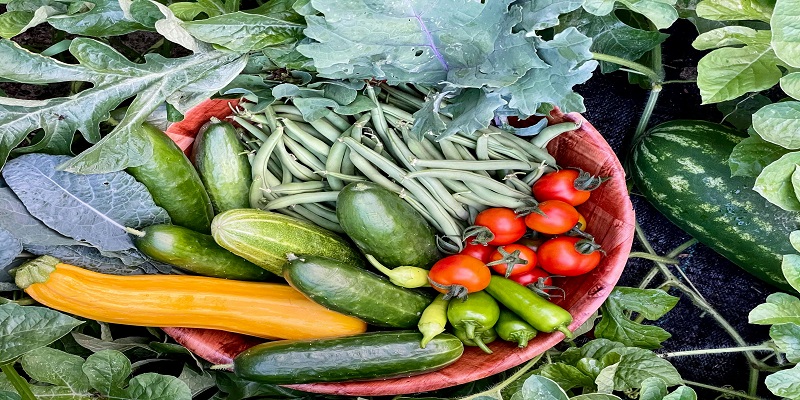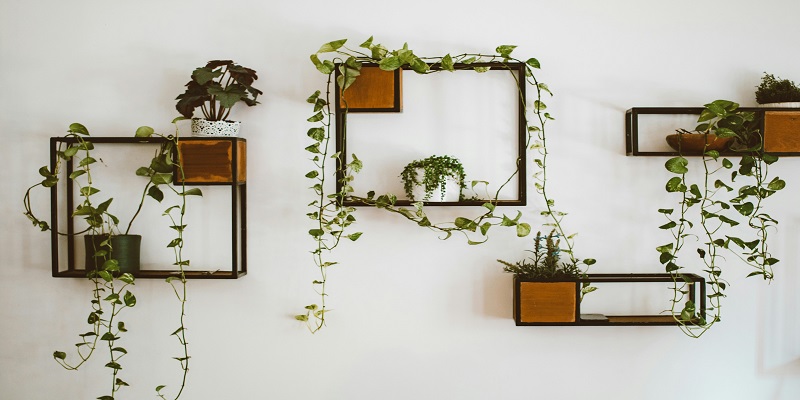太陽光パネル設置工事の仕事を探している求職者のためのガイド
How to Create A Small-Space Vegetable Garden?
Have you been dreaming of picking sun-ripened tomatoes and crisp lettuce from your own garden but feel limited by your tiny backyard or apartment balcony? With rising food costs and growing interest in sustainable living, more people are discovering the joy of growing vegetables in small spaces.
Have you been dreaming of picking sun-ripened tomatoes and crisp lettuce from your garden but feel limited by your tiny backyard or apartment balcony? With rising food costs and growing interest in sustainable living, more people are discovering the joy of growing vegetables in small spaces.
The good news is that you don't need acres of land to create a productive vegetable garden. Let's explore how you can transform even the smallest outdoor space into your produce paradise.
Smart Planning Makes Perfect
Success in small-space gardening begins with understanding your environment. Before purchasing your first seed packet, take time to observe how sunlight moves through your space throughout the day.
Most vegetables thrive with 6-8 hours of direct sunlight, making south-facing areas ideal for growing. Don't be discouraged if your space receives partial shade – leafy greens like lettuce, spinach, and many herbs prefer some protection from intense afternoon sun.
Apart from letting the sun in, you must figure out how to use your space appropriately. Most urban gardeners tend to ignore hard-to-reach areas or growing spaces on walls, railings, or even windows.
A simple wall may be turned into a home for climbing peas and beans, and a sunny ledge may serve as a much-needed herb supply.
Selecting Your Containers

The choice of containers for small-space gardening may make or break your efforts. When looking for containers to plant in, don't just settle for the next available one.
The standard rule is that most plants need containers less than 12 inches deep, especially with tomatoes and root vegetables, which typically favour a much deeper container, about 18-24 inches deep.
Water drainage is important, so if the plant pots and PVC planting containers do not already have holes at the bottom, you can drill the holes yourself. Also, do not place the containers on a flat surface to avoid water stagnation.
Container materials also play an important role. Plastic pots are cheap and light, but they absorb heat when exposed to the sun. Terra cotta pots allow excellent air circulation but will require religious watering.
Many city gardeners swear by fabric grow bags, which break the circling of the roots and allow excellent drainage. If you're short on time, go for self-watering containers. These help resolve the effects that irregular watering has on plant growth.
Selecting The Right Plants

Proper selection of vegetables is paramount when growing vegetables in a confined space. Consider those vegetables that produce a successful harvest throughout the growing period.
Cherry tomatoes, for instance, will produce fruit for months from a single plant, while you can harvest leafy greens as needed. Vertical growers like pole beans and cucumbers make efficient use of space by growing up rather than out.
Compact varieties explicitly bred for containers can offer impressive yields in tiny spaces. Bush beans, determinate tomatoes, and compact eggplants yield abundant harvests without dominating your garden.
It wouldn’t hurt to include some herbs, as they are space-friendly, help spice up your other vegetables, and keep away the pests.
The Art of Vertical Gardening

Vertical gardening isn't just a trend – it's a space-saving revolution. By growing upward, you can double or even triple your growing space. Simple trellises against a wall can support climbing vegetables.
In addition, hanging baskets help elevate the ever-increasing space further from the primary containers. String systems, which are equally important add-ons, are perfect for holding climbing plants and can be adapted to any area.
Another efficient upscaling method is a living wall technique, where plants grow in pockets or containers attached to a wall.
This approach is perfect for herbs and leafy vegetables because it has an aesthetic appeal and uses space effectively.
Maintaining Your Garden
Successful small-space gardening requires consistent attention to soil health and watering needs. Plants grown inside containers tend to dry quickly compared to their in-the-ground counterparts.
Hence, regular watering is non-negotiable. You can throw in some mulch to promote moisture retention.
When it comes to fertilizing, containers need more frequent feeding than traditional gardens. For optimal nutrition, combine slow-release organic fertilizer with monthly liquid feeding.
Air circulation is crucial in small gardens where plants grow close together. Proper spacing will keep diseases away from your plants, while regular pruning will keep them healthy and productive.
Lastly, check for pests daily because problems can spread quickly in small spaces. When you detect issues on time, your organic control methods will be more effective.
Seasonal Strategies
Plant successive plantings throughout the year to extend your growing season. As spring crops like peas and lettuce finish, replace them with heat-loving summer vegetables.
When autumn approaches, transition to cold-hardy greens and root crops. Depending on your climate, simple protection like cold frames or frost covers can extend your growing season well into winter.
Grow Your Small-Space Garden Today
Most people assume that starting a small-space vegetable garden is like solving a brain-splitting puzzle. However, it is easier than you would expect.
We trust that small-space gardening will work for you as it has for many home gardeners. You only need to start with a few reliable crops and expand as you gain confidence.
Every small garden is a testament to possibility, demonstrating how limited space can yield abundant harvests with proper planning and care.
If you require assistance at any point in your small-space gardening ventures, visit your local garden centre for information and materials specific to your location.
Do not forget that gardening is equally about the process as it is about the result. With every season, there is something new to learn and the pleasures of growing one’s food, however small the space.
Your small garden can become a productive oasis of fresh, homegrown vegetables with some creativity and dedication.









